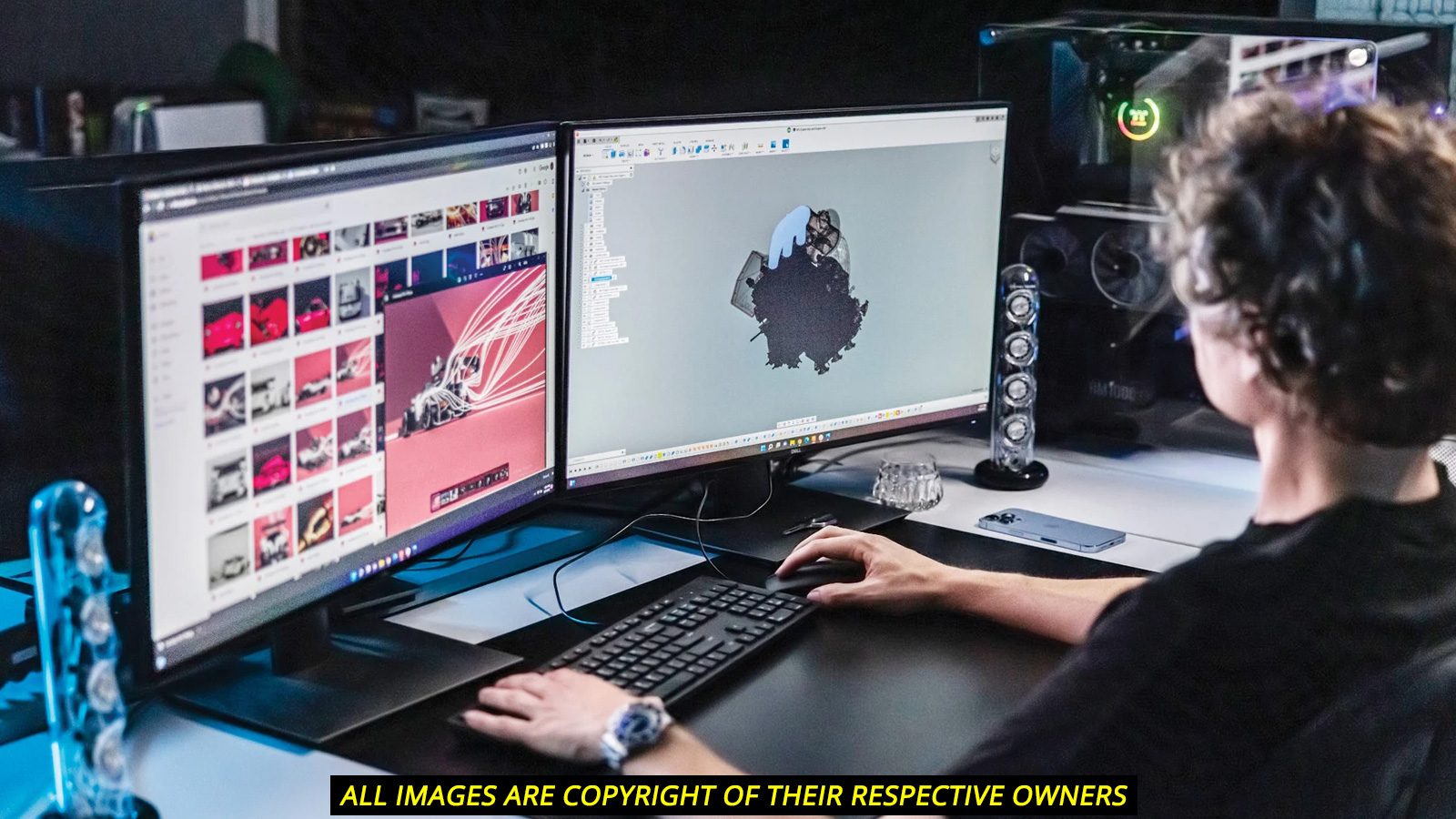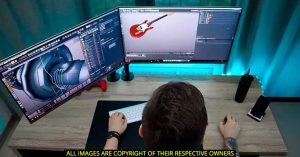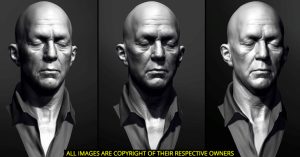
Exploring the Latest Tools and Techniques in 3D Modelling
The world of 3D modelling is constantly evolving, with new tools and techniques emerging to push the boundaries of what’s possible in design, animation, and virtual environments. Whether you’re a seasoned professional or a beginner, staying up-to-date with the latest advancements can significantly enhance your work.
 1. AI-Powered 3D Modelling Tools
1. AI-Powered 3D Modelling Tools
AI has made significant inroads into 3D modelling, automating tasks that previously required manual input. Tools like NVIDIA’s GANverse3D and Adobe’s Substance 3D Sampler use AI to generate 3D models from 2D images, textures, and even rough sketches. These tools drastically reduce the time required to create high-quality models, allowing artists to focus more on creativity and less on technical details.
2. Procedural Modelling Techniques
Procedural modelling, which relies on algorithms to create complex structures and textures, has become more sophisticated. Software like Houdini and Blender’s Geometry Nodes allow artists to generate intricate models and environments by tweaking parameters rather than manually sculpting every detail. This approach is especially useful for creating natural landscapes, architecture, and organic forms.
3. Real-time rendering and Ray Tracing
The integration of real-time rendering engines like Unreal Engine and Unity with ray tracing technology has revolutionized 3D modelling. These engines allow for real-time feedback on lighting, shadows, and textures, making it easier to achieve photorealistic results. The use of ray tracing also enhances the realism of reflections and refractions, making 3D models appear more lifelike.
4. VR and AR Modelling Tools
Virtual Reality (VR) and Augmented Reality (AR) are transforming the way 3D models are created and viewed. Tools like Gravity Sketch and Adobe Aero enable designers to create models directly in a 3D space, providing a more intuitive and immersive modelling experience. These tools are particularly useful for product design, architecture, and immersive media creation.
5. Advanced Sculpting Tools
Digital sculpting tools continue to evolve, with software like ZBrush and Blender introducing new features that mimic the nuances of traditional sculpting. Enhanced brush dynamics, improved mesh handling, and advanced symmetry tools allow for more precise control over model details, making it easier to create highly detailed characters, creatures, and objects.

6. Cloud-Based Collaboration and Asset Libraries
The rise of cloud-based tools like Autodesk’s Fusion 360 and Onshape has made collaboration in 3D modelling more accessible than ever. These platforms allow multiple users to work on the same model simultaneously, streamlining the design process and enabling real-time feedback. Additionally, cloud-based asset libraries provide access to a vast array of models, textures, and materials that can be easily integrated into projects.
7. 3D Printing Integration
As 3D printing technology advances, the integration of 3D modelling tools with 3D printers has become more seamless. Software like Autodesk Mesh Mixer and Tinker CAD now include features specifically designed for preparing models for printing, including mesh repair, scaling, and support generation. This integration simplifies the workflow from digital model to physical objects, making 3D printing more accessible to artists and designers.
Conclusion
The field of 3D modelling is undergoing a rapid transformation, driven by the development of new tools and techniques. By embracing these innovations, artists and designers can push the boundaries of creativity and produce more complex, realistic, and engaging models than ever before. Whether you’re working in gaming, film, product design, or any other field, staying updated with these advancements is crucial to maintaining a competitive edge.


